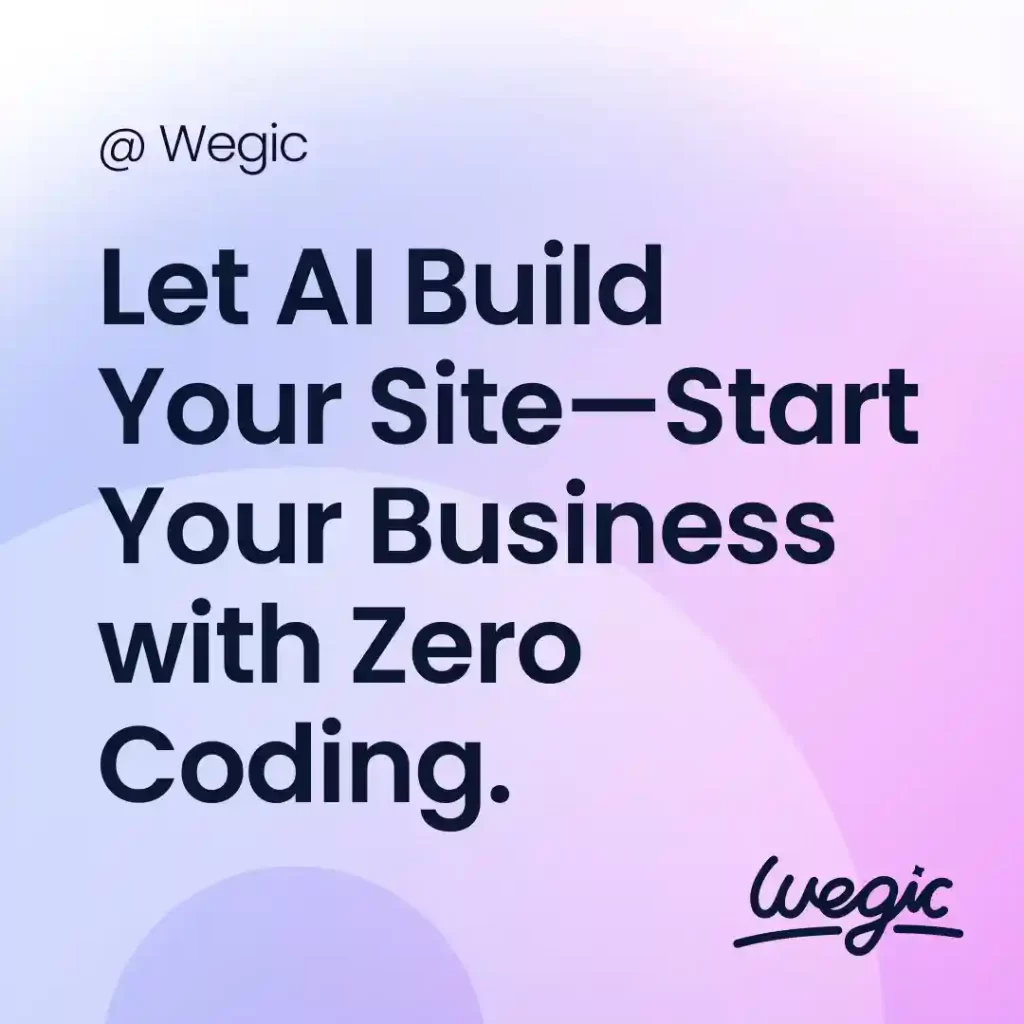Outube Url
Web apps have become an integral part of our daily lives, allowing us to access information and services with just a few clicks. From social media platforms to online shopping sites, web apps have revolutionized the way we interact with the digital world. In this article, we will explore the process of web app development, discussing the key steps involved and the tools and technologies used to create these dynamic and user-friendly applications.
YouTube, the world’s largest video sharing platform, has revolutionized the way we consume content online. With millions of users uploading and viewing videos every day, YouTube has become a powerhouse in the digital world. One crucial aspect of YouTube is the URL, the unique web address that directs users to specific videos or channels. In this article, we will discuss the importance of YouTube URLs, how they work, and best practices for creating and utilizing them.
What is a YouTube URL?
A YouTube URL, or Uniform Resource Locator, is the web address that directs users to a specific video or channel on the platform. Each video on YouTube has its distinct URL, making it easier for users to share and access content. The URL typically includes the domain name youtube, followed by a series of characters that identify the specific video or channel.
For example, the URL for the popular video “Charlie bit my finger – again!” is youtube/watch?v=_OBlgSz8sSM. This URL uniquely identifies the video, allowing users to access it directly by entering the web address in their browser.
How do YouTube URLs work?
YouTube URLs work similar to URLs on other websites, directing users to specific content on the platform. When a user clicks on a YouTube URL or enters it in their browser, they are redirected to the corresponding video or channel page. YouTube’s system uses the URL to locate and display the content requested by the user, making it easier to navigate and access videos on the platform.
YouTube URLs can be shared through various channels, such as social media, email, or messaging apps. When a user clicks on a shared YouTube URL, they are directed to the video or channel page, allowing them to view, like, comment, and share the content with others. This seamless process of sharing and accessing videos has contributed to YouTube’s widespread popularity and success.
Best practices for YouTube URLs
Creating and utilizing YouTube URLs effectively can help increase visibility, engagement, and overall success on the platform. Here are some best practices for optimizing YouTube URLs:
1. Use descriptive keywords: When creating a YouTube URL for your video or channel, use descriptive keywords that reflect the content and context of the video. This can help improve search engine optimization (SEO) and make it easier for users to find your content online.
2. Keep it concise: While YouTube URLs can be long, try to keep them as concise as possible. Shorter URLs are easier to remember and share, making it more likely for users to click on them.
3. Customize your URL: YouTube offers the option to customize your channel URL, making it easier for users to remember and access your content. Customize your URL to reflect your brand or content theme for a more personalized touch.
4. Include relevant tags: Tags are keywords that help categorize and organize videos on YouTube. Include relevant tags in your YouTube URL to improve searchability and reach a wider audience.
5. Share your URL: Once you have created a YouTube URL for your video or channel, share it across different platforms to increase visibility and engagement. Encourage users to share your URL to reach a larger audience and generate more views.
By following these best practices, you can optimize your YouTube URLs for maximum visibility, engagement, and success on the platform.
In conclusion, YouTube URLs play a crucial role in directing users to specific videos or channels on the platform. By understanding how YouTube URLs work and implementing best practices for creating and utilizing them, you can increase visibility, engagement, and overall success on YouTube. Whether you are a content creator, marketer, or viewer, YouTube URLs are essential for navigating and accessing content on the platform. So next time you share a YouTube video or channel, remember the importance of the URL and how it connects users to your content.
In today’s digital age, having a visually appealing and user-friendly website is crucial for the success of any business. A well-designed website can help attract new customers, build credibility, and increase conversion rates. However, designing a website is not as simple as it may seem. It requires a strategic and systematic approach to ensure that the final product meets the needs and expectations of both the business and its target audience. In this article, we will discuss the website design process in detail, outlining the key steps involved in creating a successful website.
Step 1: Define the Purpose and Goals
The first step in the website design process is to clearly define the purpose and goals of the website. This involves identifying the target audience, understanding their needs and preferences, and determining the desired outcomes for the website. For example, is the website meant to generate leads, drive sales, provide information, or showcase products and services? By having a clear understanding of the purpose and goals of the website, you can better tailor the design and content to meet these objectives.
Step 2: Conduct Research
Once the purpose and goals of the website have been defined, the next step is to conduct research. This involves analyzing the competition, researching industry trends, and gathering insights into the preferences and behaviors of the target audience. By conducting thorough research, you can gain a better understanding of what works and what doesn’t in your industry, helping you make informed design decisions.
Step 3: Create a Wireframe
After conducting research, the next step in the website design process is to create a wireframe. A wireframe is a visual representation of the layout and structure of the website, showing the placement of various elements such as navigation menus, headers, footers, and content sections. Creating a wireframe allows you to plan the overall design and functionality of the website before moving on to the visual design phase.
Step 4: Design the Visual Elements
Once the wireframe has been finalized, the next step is to design the visual elements of the website. This involves creating a visually appealing and consistent design that reflects the brand identity and resonates with the target audience. Elements such as color scheme, typography, imagery, and layout are carefully considered to create a cohesive and attractive design that conveys the desired message and engages users.
Step 5: Develop the Website
After the visual design has been approved, the next step is to develop the website. This involves coding the design into a functioning website using HTML, CSS, and other programming languages. During the development phase, the website is tested for functionality, responsiveness, and compatibility across different devices and browsers to ensure a seamless user experience.
Step 6: Test and Optimize
Once the website has been developed, it is essential to test and optimize its performance. This involves conducting usability tests to identify any usability issues, testing load times to ensure fast page speeds, and optimizing the website for search engines to improve visibility and accessibility. By testing and optimizing the website, you can ensure that it meets the needs and expectations of users, leading to better engagement and conversions.
Step 7: Launch and Monitor
The final step in the website design process is to launch the website and monitor its performance. This involves deploying the website to a live server, promoting it to the target audience, and tracking key metrics such as traffic, engagement, and conversions. By monitoring the performance of the website, you can identify areas for improvement and make informed decisions to optimize its effectiveness over time.


